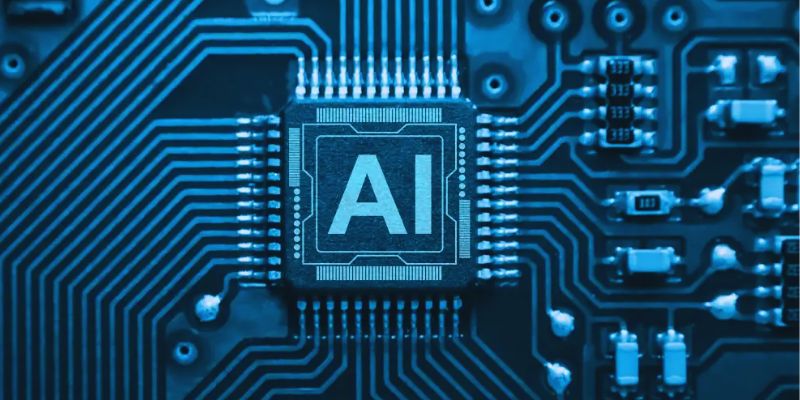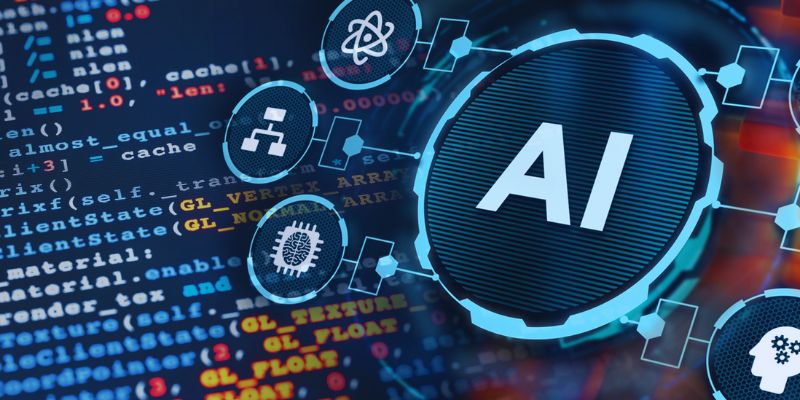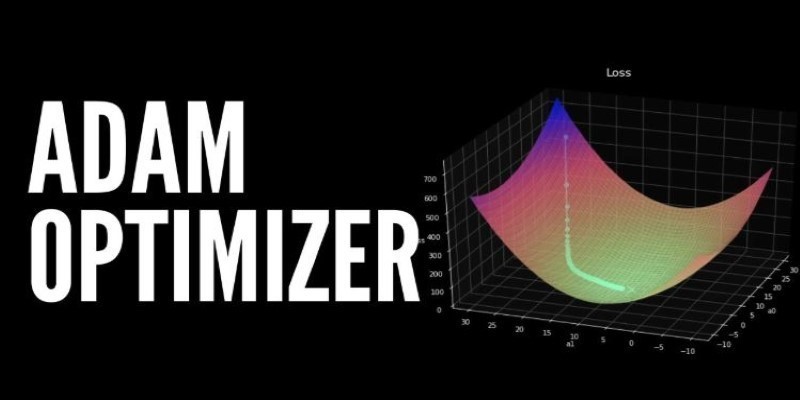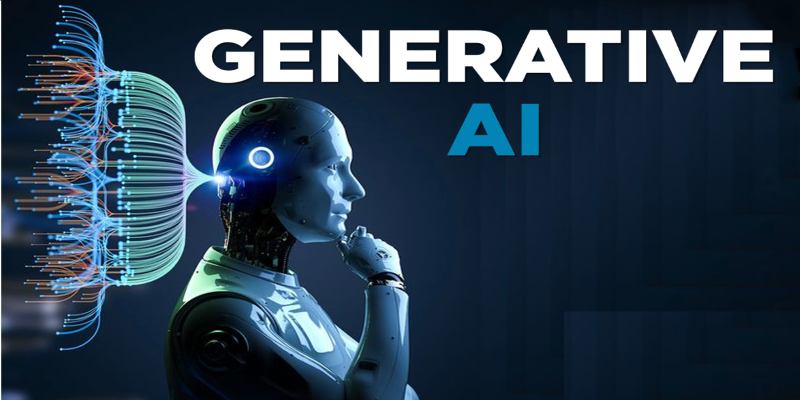Advertisement
Artificial intelligence is reshaping the world at record speed. Yet, its algorithms often mirror harmful societal biases. These prejudices usually stem from flawed historical data, flawed model choices, and narrow perspectives during development. As a result, AI can unintentionally reinforce discrimination across hiring, finance, healthcare, and more. Fixing this problem isn't just about writing better code. It demands ethical design, transparent processes, and inclusive datasets.
Developers must recognize that fairness in machine learning isn't just technical—it's social and moral. Without these safeguards, AI may worsen systemic inequalities instead of solving them. Addressing algorithmic bias requires awareness, accountability, and cross-disciplinary cooperation. Understanding how to stop algorithmic discrimination helps shape AI systems that are safer, fairer, and more inclusive. Acting early and responsibly ensures that AI serves everyone—regardless of race, gender, or background.

Algorithmic bias occurs when AI systems produce unfair outcomes. These sometimes mirror trends in biased data. Historical data often contains stereotypes and biased treatment. Learning from this, algorithms carry on the cycle. Furthermore, mistakes are caused by developers' choices of features or build models. For those of color, facial recognition technologies might not be very good. Such issues arise from a dearth of varied training data. Algorithms with even neutral-seeming nature can nonetheless represent inequality.
Machine learning systems copy patterns; they do not reason. If those patterns are biased, the outcomes follow suit. Though the influence is grave, it is not usually deliberate. Machine learning systems start their fairness with the data. Every stage of artificial intelligence evolution has to include bias checkers. Knowing where bias starts enables us to act early in corrections. Ethical guidelines have to direct every action if we are to lower bias in artificial intelligence technologies. Increased fair and responsible AI applications follow from awareness.
Algorithmic bias affects real-life outcomes. In hiring tools, it might give one group preference over another. Algorithms for credit rating could deny loans unfairly. For some groups, healthcare tools could produce better outcomes. These are not little mistakes; they define people's futures. Marginalized communities, especially people of color, are often the most affected. Algorithmic decisions lack the background humans bring. They can help maintain previous inequities. Injustice starts to be mechanized and less obvious. It quietly spreads through systems people rely on every day.
Artificial intelligence bias can erode confidence. People stop believing in technology when they observe unfair results. It frays the link between consumers and developers. Systems created with unfairness run the danger of long-term damage. Developers have to take the societal weight of their decisions into account. Ethical design is intentional, careful building for a given goal. It is not optional; rather, preventing algorithmic prejudice is very necessary. Responsible artificial intelligence is knowing human influence everywhere.
Poor-quality data is a primary driver of algorithmic bias. AI will learn incorrect patterns if the training data is faulty. Another problem is the underrepresentation of some groups. Systems fail for others when data largely comprises one type of person. Design decisions also matter. Developers might unwittingly choose biased elements. Furthermore, problems can arise with the methods of testing algorithms. Bias might lurk in factors ignored or performance measures.
Team dynamics even have a part. Insufficient variation among developers can restrict viewpoints. Bias stems from human choices, not just statistical errors. In machine learning systems, fairness starts with deliberate choice. Open review and frequent testing help to reveal latent issues. Different communities' comments help to increase justice. Developers have to challenge presumptions and probe the appropriate issues. Reducing bias in artificial intelligence calls for a whole perspective on system design. Strong techniques and inclusive teams enable stronger AI results.

Diverse and balanced datasets are essential. They ensure systems run for all kinds of users. Training data quality is enhanced by uniform formatting and clear labels. Regular audits enable early error discovery. Evaluations must include fairness criteria, if nothing else. Testing models among many groups exposes bias right away. Diverse teams produce more inclusive ideas. Training in ethics lets developers find unseen problems. Help can come from tools, including bias detection libraries and fairness dashboards. These let groups track performance by demographic.
Including outside expertise increases openness. Public review guarantees responsibility. Guidelines and rules have to help in responsible growth. The policy should rather mandate open-source models whenever applicable. User education also has a part. People have to be aware of system operations and potential areas of trouble. Knowing how to stop algorithmic discrimination guards users. In machine learning systems, fairness rests on ongoing development. Careful design will help to lower prejudice at every level. Ethical instruments build wiser, more equitable institutions for everybody.
Building Accountability and Transparency in AI Development:
Accountability is the foundation of ethical artificial intelligence. Developers should clarify system operations. Clear records reveal the decision-making process. It creates user confidence and guards against abuse. Open-source code and publicly available data promote transparency. Third-party audits look for accuracy and impartiality. Errors should be owned and fixed right away. Clear reporting enables the identification of trends of failure. Public comments enhance AI initiatives. User comments help to raise output standards.
Another influence is government control. Rules support ethical standards followed by artificial intelligence systems. Businesses should apply worldwide norms on fairness and prejudice. Policy setting is possible through internal review boards. Frequent instruction helps to sustain current learning. Ethical teams probe at every turn. In machine learning systems, fairness calls for monitoring. However, every attempt counts, even if no system is flawless. Systems should be easily corrected when errors arise. Open systems expose and addressable bias. Openness among developers helps to lower AI technological bias.
Ethical AI systems rely on eliminating algorithmic bias. Developers have to move deliberately and with care. In machine learning systems, fairness fosters trust and guards against harm. Reducing bias in AI technology guarantees inclusive development for all. Understanding how to stop algorithmic discrimination helps society to produce smarter, safer tools. Real transformation results from ethical meetings with innovation. Fair AI is achievable through better data, inclusive teams, and strong accountability. Everybody building or using these systems bears some responsibility. Combined, we can create artificial intelligence that fairly and equally serves all people.
Advertisement

What Amazon Bedrock is and how AWS’s generative AI service helps businesses access powerful foundation models, customize AI applications, and simplify integration through a single platform

SmolVLM2 brings efficient video understanding to every device by combining lightweight architecture with strong multimodal capabilities. Discover how this compact model runs real-time video tasks on mobile and edge systems

How agentic AI is driving sophisticated cyberattacks and how the UK AI Opportunities Action Plan is shaping industry reactions to these risks and opportunities

How to Integrate AI in a Physical Environment through a clear, step-by-step process. This guide explains how to connect data, sensors, and software to create intelligent spaces that adapt, learn, and improve over time

Discover how AI in the construction industry empowers smarter workflows through Industry 4.0 construction technology advances

Artificial intelligence accurately predicted the Philadelphia Eagles’ Super Bowl victory while a quantum-enhanced large language model launched, showcasing AI’s growing impact in sports and technology

Learn everything about Stable Diffusion, a leading AI model for text-to-image generation. Understand how it works, what it can do, and how people are using it today

How the Adam optimizer works and how to fine-tune its parameters in PyTorch for more stable and efficient training across deep learning models

Learn the top eight impacts of global privacy laws on small businesses and what they mean for your data security in 2025.

Explore the top 11 generative AI startups making waves in 2025. From language models and code assistants to 3D tools and brand-safe content, these companies are changing how we create

Know how to reduce algorithmic bias in AI systems through ethical design, fair data, transparency, accountability, and more

What happens when robots can feel with their fingertips? Explore how tactile sensors are giving machines a sense of touch—and why it’s changing everything from factories to healthcare